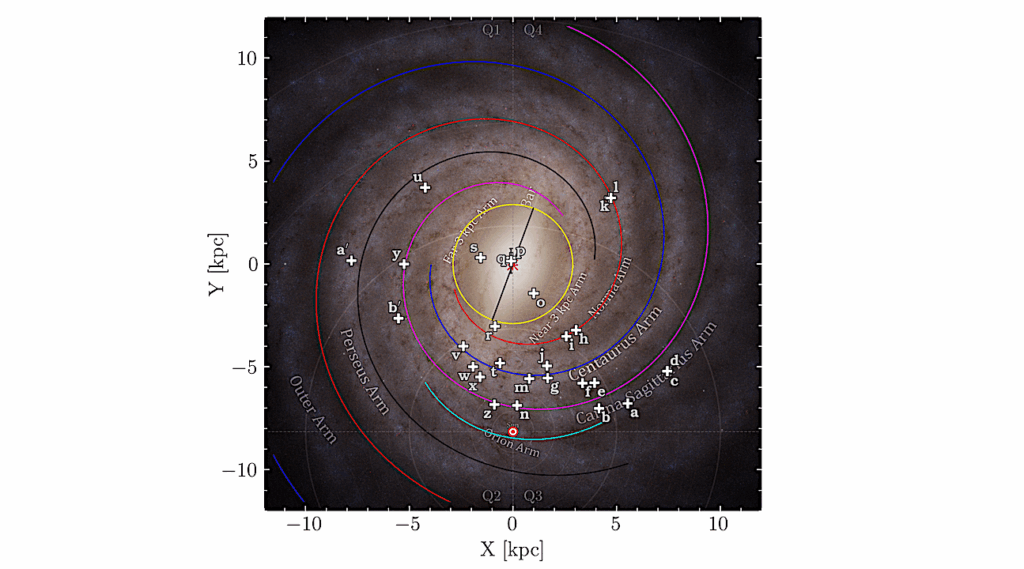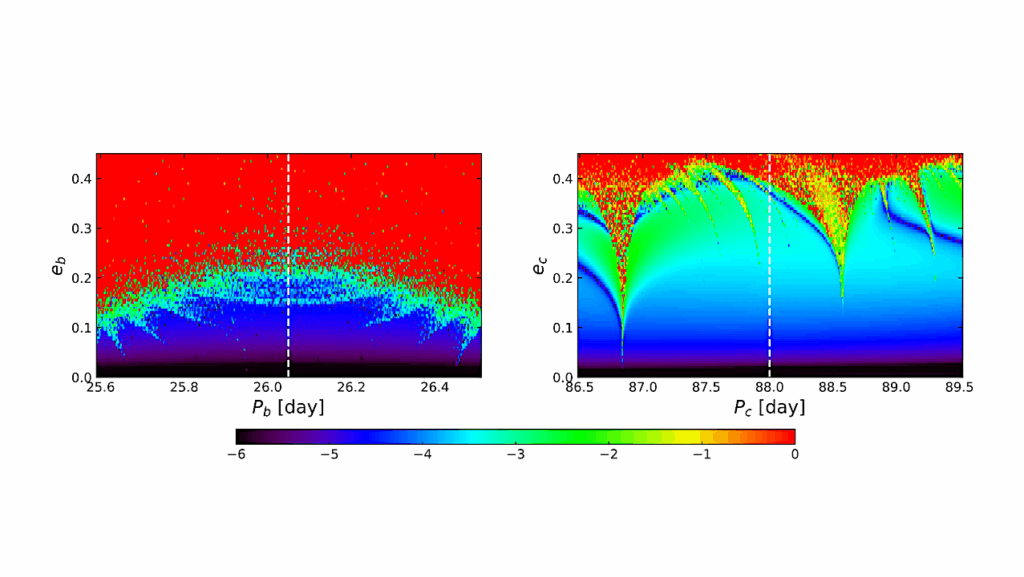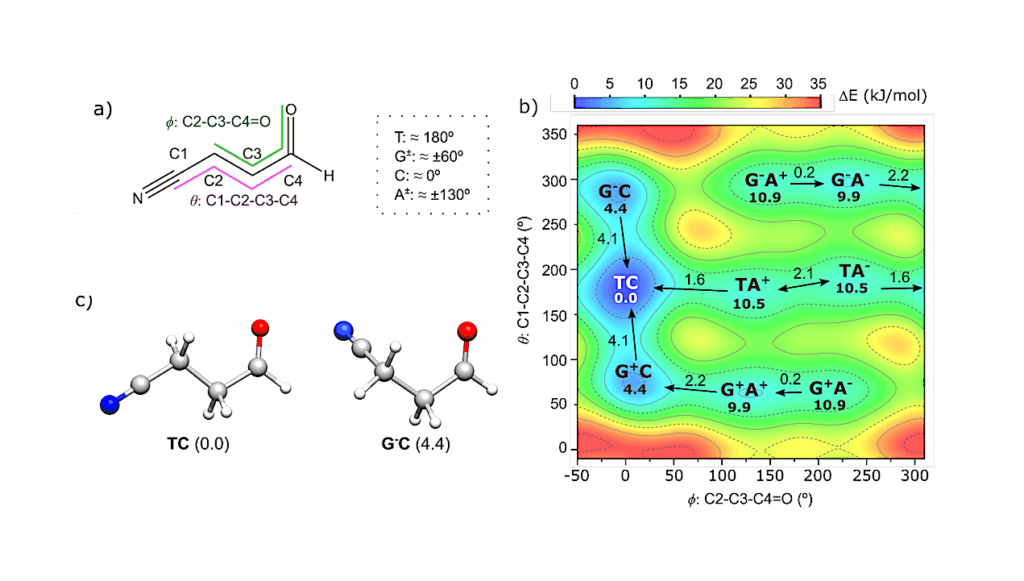Bio-techno-signature Monitoring and Communication Guideposts for Extraterrestrial Life

Abstract — Attendees at the First Penn State SETI Symposium collaborated to develop guideposts for monitoring for and communicating with extraterrestrial life.
Over the course of six hours of moderated, dialogic, art-based inquiry in 2022 June, four foundational questions catalyzed the creation of a set of ethics-informed guideposts: Who speaks for Earth, and who should speak for Earth?; What can be communicated, and what is communicated?; What should be communicated?; and How can it be communicated? The 10 resulting parameters offer ethical navigation for examining bio- and techno-markers.
Research Note
Engaging in art-initiated deliberative dialogs, attendees at the First Penn State SETI Symposium collaboratively developed 10 preliminary guideposts for monitoring and communicating with extraterrestrial life. These ethics-based guideposts inform the process of monitoring for bio- and techno-markers, as well as communicating on behalf of Earth.
The interactive, moderated conversations, which ran for a total of six hours in 2022 June, were steered by four foundational questions:
- Who speaks for Earth, and who should speak for Earth?
- What can be communicated, and what is communicated?
- What should be communicated?
- How can it be communicated?
By framing a normatively science-only inquiry in the arts, humanities, and social sciences, participants collaboratively tapped into the imagination, challenged ingrained ways of knowing, and created new ecologies of epistemology over the course of three meetings. Each session began with expert-led mini presentations on relevant topics, including: a review of alien representations in visual and popular culture, the history of “othering” and notions of “foreignness,” the use and construction of symbols, and bioethical frameworks of social justice.
During the first gathering, the brief talks were followed by a drawing dialog during which participants developed and discussed symbols to communicate fundamental concepts related to Earth, science, and humanity. This discussion then opened to an exchange that laid the groundwork for recommendation drafting through the generation of key themes and concepts. During the course of the remaining two sessions, which included new and repeat participants, a set of 10 guideposts emerged.
Guideposts for Monitoring and Communicating with Extraterrestrial Life
- Humans “speak for Earth” because of humanity’s outsized impact on Earth’s systems. Moreover, human-linked techno-bio-signatures are unevenly distributed—demonstrating the impacts of urbanization, development, consumerism, resource allocation, and inequities. Recognition of these power differentials and their effects is necessary. Such awareness then leads to exploring what should be communicated.
- Humans are part of Earth’s message—rather than Earth being part of humanity’s message. Earth has had detectable signatures long before the advent of humans and will likely continue to have such signatures after humans cease to inhabit the planet. These signatures were predominantly biological and may have included some technological signature aspects due to humanoids that predated Homo sapiens. Therefore, as humans presently speak most loudly for Earth, humanity should communicate in symbiosis with Earth.
- Life’s complexity (i.e., complex chemical compounds, certain structural motifs, etc.) should be the hallmark of what is monitored in the search for extraterrestrial life—rather than dominant notions of “intelligence” or “advancement.” In this search, humans must be wary of anthropomorphism and terracentrism. Moreover, definitions and their nuances must be carefully constructed (e.g., techno-signatures, bio-signatures, hybrid techno-bio signatures, etc.). Such definitions should be informed by both operational and semantic aspects.
- Listening is part of communicating. Observation cannot occur without engagement and assumption.
- Cross-disciplinary partnership must inform perceptions of and possible trajectories for society, technology, and development. Moreover, the sciences must engage in explorations of social justice to facilitate reflexive and systemic wellbeing.
- Danger lurks in “imagined knowledge,” as grains of truth can sublimate into the guise of legitimate science. Humans can implicitly and explicitly rely upon concepts learned from media, especially science fiction reliant upon interlocking hegemonies. In addition, such “knowledge” can be contentious, harming the scientific process and propagating inaccurate understandings based on confirmation bias.
- Abstractions should be avoided due to cultural encumbrance. Additionally, caution must be exercised when considering “universals.” There are many ways to know, understand, and communicate.
- Communicating across time and space is a multi-step, long-term endeavor with limitations that may shape engagements. Among other concepts, human histories of violence and colonization must inform the exercise of care and caution to ensure social justice, diversity, equity, and inclusion in the engagement process.
- Humanity’s reputation may precede it due to prior techno-bio-signatures, such as detectable weapons radar, media broadcasts, and/or human-made technology sent into the solar system. These signatures include humanity’s propensities for bias, stereotyping, oppression, and discrimination. Moving forward, humanity should strive toward greater equity and sustainability, which then should be reflected in future techno-bio-signatures.
- Failure to follow these guideposts may result in, among other things: unrecognized techno-bio-signatures and extraterrestrial life, a perpetuation of harm in seeking such life, and an exacerbation of threats to humanity and Earth. These guideposts should be inclusively discussed and amended as values and knowledge evolve.
Original content from this work may be used under the terms of the Creative Commons Attribution 4.0 licence. Any further distribution of this work must maintain attribution to the author(s) and the title of the work, journal citation and DOI.
Michele Mekel, Karen Keifer-Boyd, Matthew D. Lamb, and Lauren Stetz
Published March 2023 • © 2023. The Author(s). Published by the American Astronomical Society.
Research Notes of the AAS, Volume 7, Number 3
Citation Michele Mekel et al 2023 Res. Notes AAS 7 55
DOI 10.3847/2515-5172/acc4b8
Bio-techno-signature Monitoring and Communication Guideposts for Extraterrestrial Life, NASA ADS
Bio-techno-signature Monitoring and Communication Guideposts for Extraterrestrial Life, RNAAS
Astrobiology, SETI








